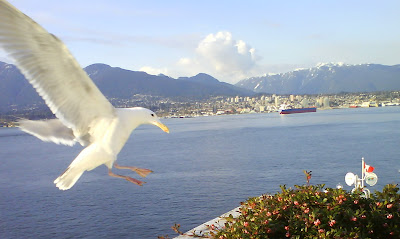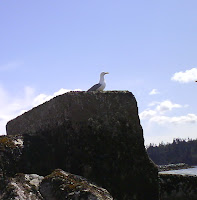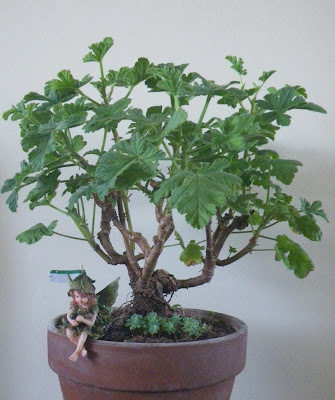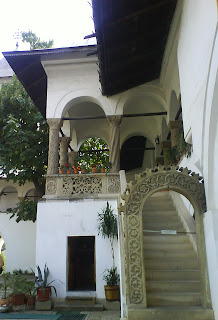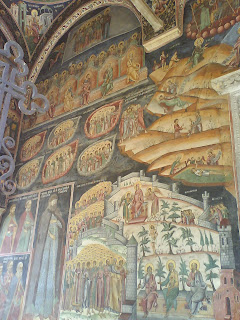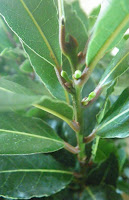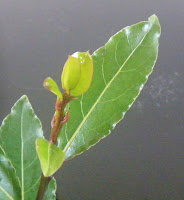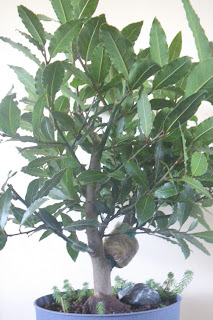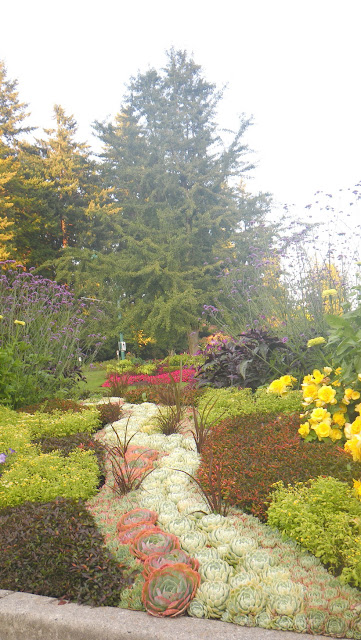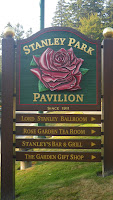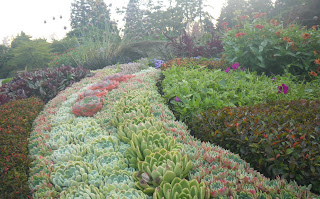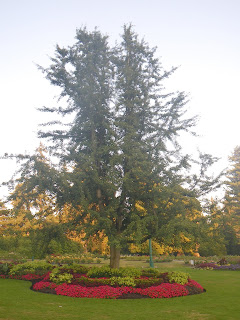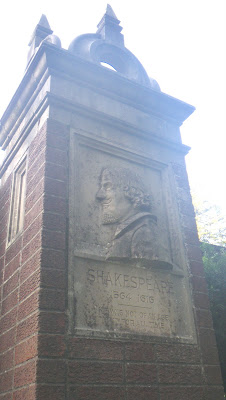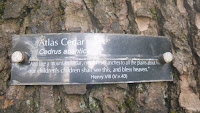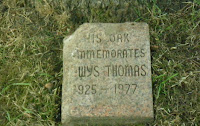Did I tell you how much I love scented pelargoniums?
If you read this blog before, you should know by now that I'm crazy about
scented pelargoniums. Also I love
bonsai art and so, training them as bonsai is a perfect fit; for me at least.
 Edible, fragrant, very useful, showy, flowering, drought resistant, little care and very forgiving ...
Edible, fragrant, very useful, showy, flowering, drought resistant, little care and very forgiving ...
 ... what else do you want from your bonsai ?!
... what else do you want from your bonsai ?!
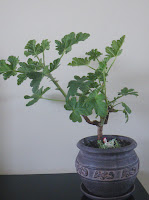
Most geraniums are what botanists call semi-woody shrubs and there are hundreds of varieties in leaf color, texture, fragrance, and flowering from which you can choose your pre-bonsai. So far I have only 15 types in my collection.
I started with our oldest and largest plants, because have well developed branches and trunks architectures, and even after first trimming, they look beautiful, with spectacular bonsai shape. There are many herbs which develop a woody stem at quite a young age and are easy to obtain and scented pelargoniums are one of them.
Interesting is that pelargoniums have a fast growing rate and require frequent trimming and removing the old leaves.
Every time you prune it, you can eat the trimmings! Try doing that with any other kind of bonsai!
Training scented pelargoniums as bonsai enhance the beauty of the plants.
A really showy bonsai which makes envy my friends are
rose scented :
- "Lady Plymouth" / "Silver Leaf Rose" with gray -green edges for their deeply divided leaves;
- "
Atomic Snowflake" with softly lobed leaves white-cream variegated;
- "Attar-of-Roses" / "Pelargonium Capitatum/ Drusaim" with roundish leaf shape and shallow, rounded lobes;
- "Skeleton Rose" / "Pelargonium Radens" with tiny curly leaves and upright habit.
We tried to shape these Scented Pelargonium plants with couple of common
bonsai styles
that are works with:

SOKAN/ Double-trunk, SANKAN/ triple-trunk and multiple-trunk because usually old plants have suitable shoots and we can simply trim the trunk above these shoots and remove any crossing branches and the branches growing toward to the viewer.

For one of our vigorous plant, "Shrubland Rose", with a well-developed root structure, we chose NEAGARI / exposed root style. This beautiful mature plant has suitable roots with amazing shapes to be exposed.

The most spectacular one is ISHITZUKI / Root-over-rocks style. For the beginning, for this "Mexican Sage" plant we deeper the edges of the rock into the soil to cover its roots tips until further development.
Apricot-scented "Mexican Sage" also, seems to be suitable for YOSE-UE style (two or more trees in one container), with his dark green leaves stiffed with five major lobes and gently woody stem.

Most woody plants natural follow a TACHIKI / informal upright style, where the trunk is straight upwards, with the first lower branches wider than the rest and the next branches are slightly narrower than the first. Theoretical, best is when achieve an overall triangular appearance for the bonsai.

The plants that lend themselves to this style are the lemon scented and apricot scented varieties.
"Frensham Lemon" variety is one of the best to train in CHOKKAN / formal upright style because have an upright look with small, brights green leaves. For age impression, we pruned off little branches and leaves close to the trunk and carved the bottom third of the trunk.
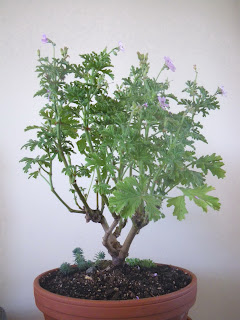

Like any other bonsai enthusiast, we tried to fit all plants into classical bonsai, but for the majority of our plants we were forced to choose a non-traditional bonsai shape, paying attentions to plants structure.
Whatever form they have, while I'm working to "101 ways to use scented pelargoniums", we love to touch, smell, taste and look at these edible flowering bonsai and enjoy their ornamental value, outdoor or indoor, as a unique addition to our home.
Click & drag to interact with this 3D object movie.
If zoomed in, you can hold the SHIFT key to move the image with the mouse.



